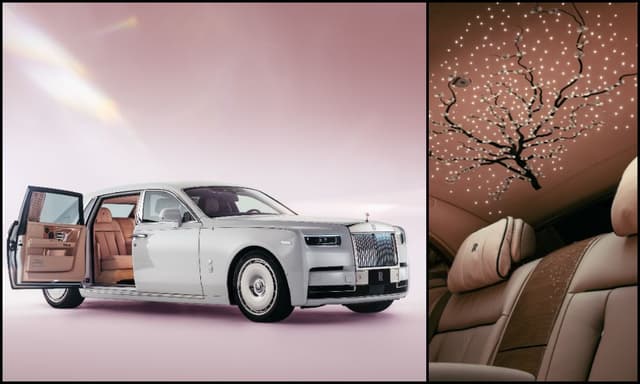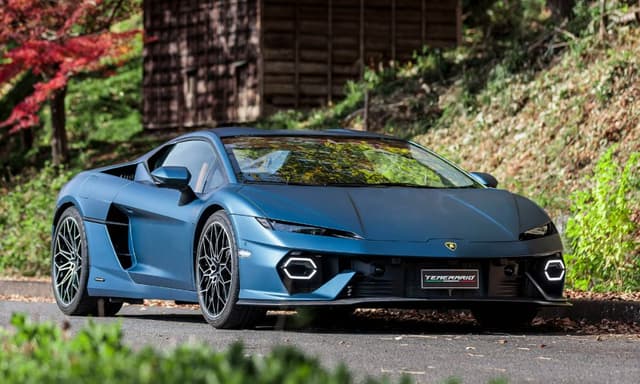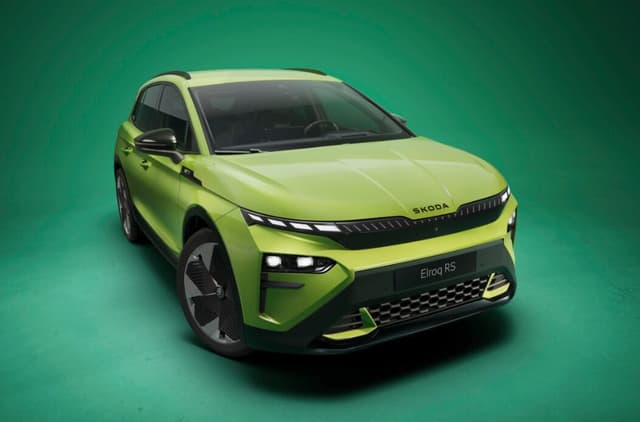F1: Strategy Group Votes Against Halo Head Protection System For 2017
Formula One chiefs have voted against the protection system being introduced next year after a meeting of the Strategy Group in Geneva earlier this week.

Highlights
- The Strategy Group negated the idea of introducing the Halo in 2017
- The Strategy Group comprises 6 top team, Ecclestone and FIA President
- The Halo system is designed by Ferrari and is a titanium arc
Even though Formula One is a lot safer as a sport than ever, the fact still remains that drivers are risking their lives every time they get into the cockpit to touch speeds in excess of 300 km/h. Falling on the same lines, the latest technology to come in place for driver safety is the long debated 'Halo' head protection concept. While the Halo concept received a thumbs up from most drivers after months of testing and even the FIA's approval to be introduced in the 2017 season, Formula One chiefs have now voted against the protection system being introduced next year after a meeting of the Strategy Group in Geneva earlier this week.
A detailed presentation was also given to drivers at the Hungarian Grand Prix earlier this season, in order to explain the benefits of a Halo, and a similar amount of information was supplied to teams ahead of the Geneva meeting. The Strategy Group is made up of six top teams, F1 Boss Bernie Ecclestone and FIA President Jean Todt. While FIA was in favour of the head protection system, the Strategy Group showed no such support at the Geneva meeting and instead said that more time was needed to evaluate all potential solutions. If approved, the Halo system would've gone for ratification to the F1 Commission for its debut next season.
What is a Halo? A head protection system that essentially looks like a giant roll bar-like arc made out of titanium mounted around the cockpit. The system has been developed by Ferrari and was first introduced during winter testing in February this year. The newer versions of the Halo arc have been made wider to negate the risk of the driver hitting his head on the Halo. Red Bull, in particular, has been sceptical about the introduction of Halo and instead, has preferred the self-developed Aeroscreen instead, which could be one of the possibilities in cockpit protection system.
That said, post the meeting, FIA issued a statement stating that Halo remains a strong option and more tests will be carried out in the following practice sessions. While a lot of the senior and older drivers have been in favour of the system, several young drivers have spoken against the safety system. Ferrari driver and Senior drivers' representative Sebastian Vettel, who also present at the Strategy Group meeting supported the concept saying "nothing justifies death". The system could still be introduced for the 2018 campaign after the stakeholders "agreed unanimously" that cockpit protection will be introduced onto F1 cars from the season after next.
A detailed presentation was also given to drivers at the Hungarian Grand Prix earlier this season, in order to explain the benefits of a Halo, and a similar amount of information was supplied to teams ahead of the Geneva meeting. The Strategy Group is made up of six top teams, F1 Boss Bernie Ecclestone and FIA President Jean Todt. While FIA was in favour of the head protection system, the Strategy Group showed no such support at the Geneva meeting and instead said that more time was needed to evaluate all potential solutions. If approved, the Halo system would've gone for ratification to the F1 Commission for its debut next season.
What is a Halo? A head protection system that essentially looks like a giant roll bar-like arc made out of titanium mounted around the cockpit. The system has been developed by Ferrari and was first introduced during winter testing in February this year. The newer versions of the Halo arc have been made wider to negate the risk of the driver hitting his head on the Halo. Red Bull, in particular, has been sceptical about the introduction of Halo and instead, has preferred the self-developed Aeroscreen instead, which could be one of the possibilities in cockpit protection system.
That said, post the meeting, FIA issued a statement stating that Halo remains a strong option and more tests will be carried out in the following practice sessions. While a lot of the senior and older drivers have been in favour of the system, several young drivers have spoken against the safety system. Ferrari driver and Senior drivers' representative Sebastian Vettel, who also present at the Strategy Group meeting supported the concept saying "nothing justifies death". The system could still be introduced for the 2018 campaign after the stakeholders "agreed unanimously" that cockpit protection will be introduced onto F1 cars from the season after next.
# Ferrari# Sebastian Vettel# F1 2016# FIA# Red Bull F1# Halo Head Protection System# F1 Halo# Aeroscreen# Strategy Group# Motorsport
Stay updated with automotive news and reviews right at your fingertips through carandbike.com's Google News




















